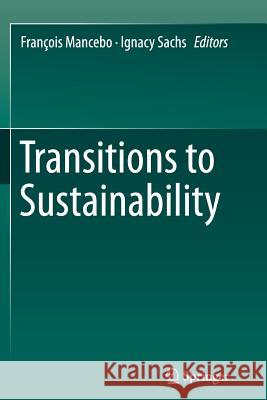Transitions to Sustainability » książka
topmenu
Transitions to Sustainability
ISBN-13: 9789402403886 / Angielski / Miękka / 2016 / 162 str.
Kategorie:
Kategorie BISAC:
Wydawca:
Springer
Język:
Angielski
ISBN-13:
9789402403886
Rok wydania:
2016
Wydanie:
Softcover Repri
Ilość stron:
162
Waga:
2.76 kg
Wymiary:
23.5 x 15.5
Oprawa:
Miękka
Wolumenów:
01
Dodatkowe informacje:
Wydanie ilustrowane











